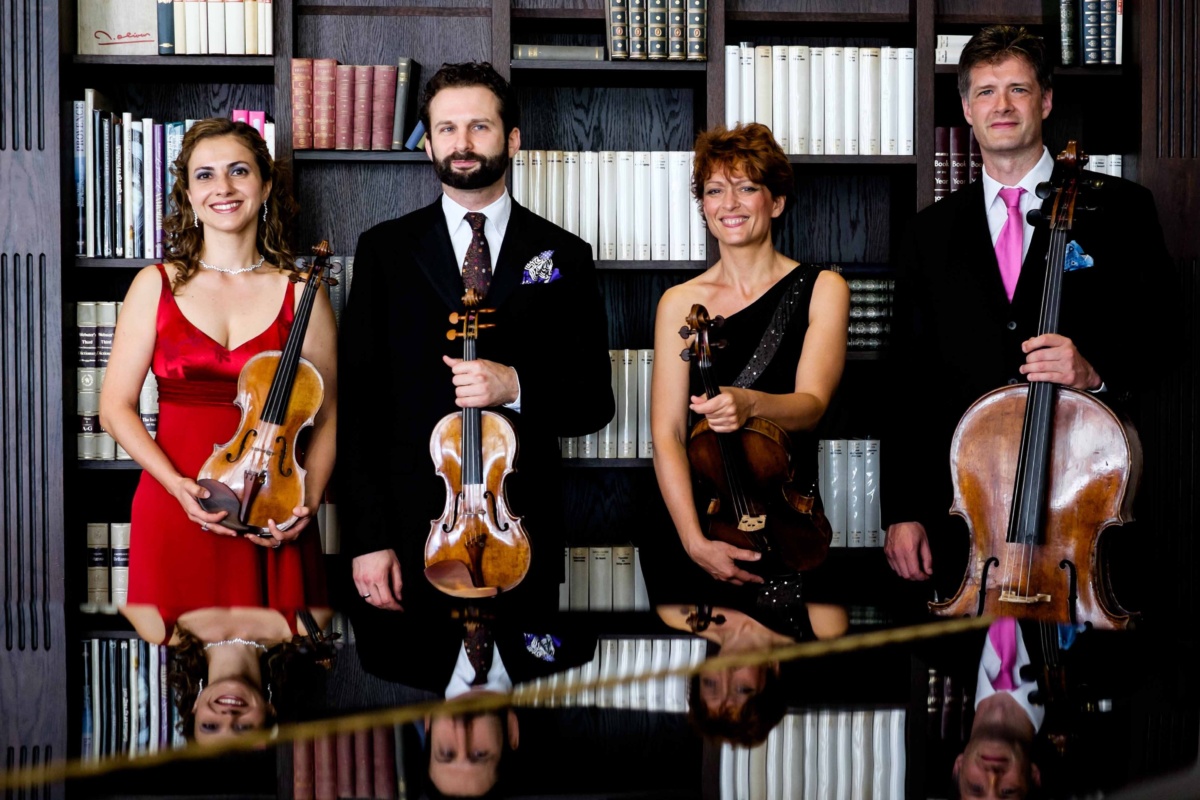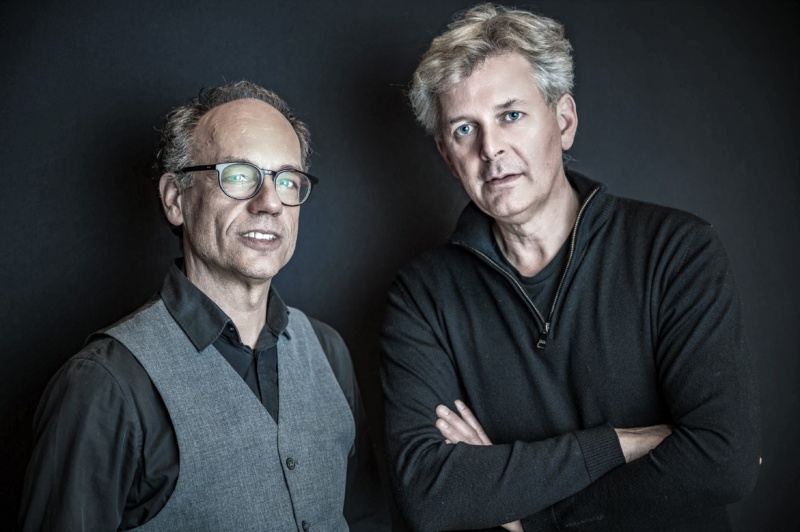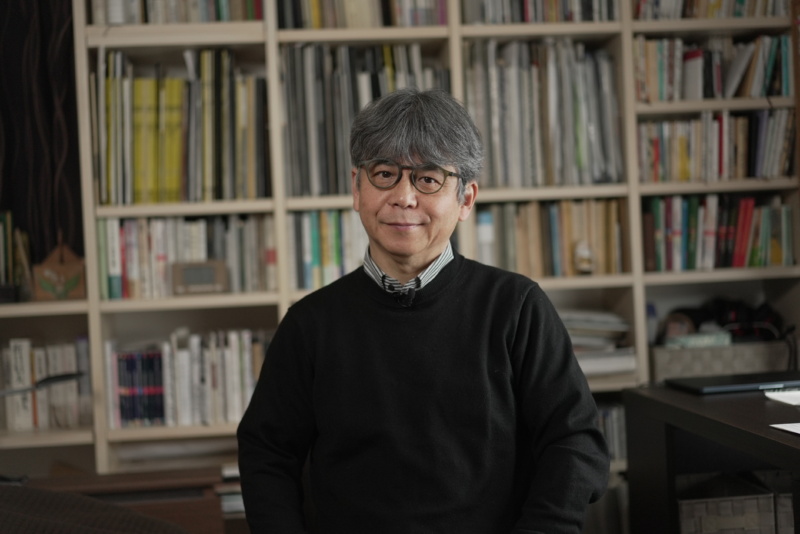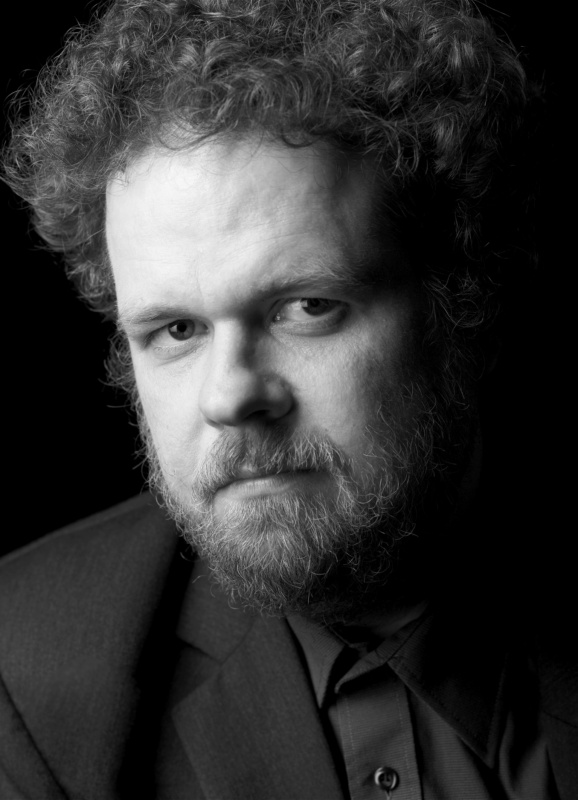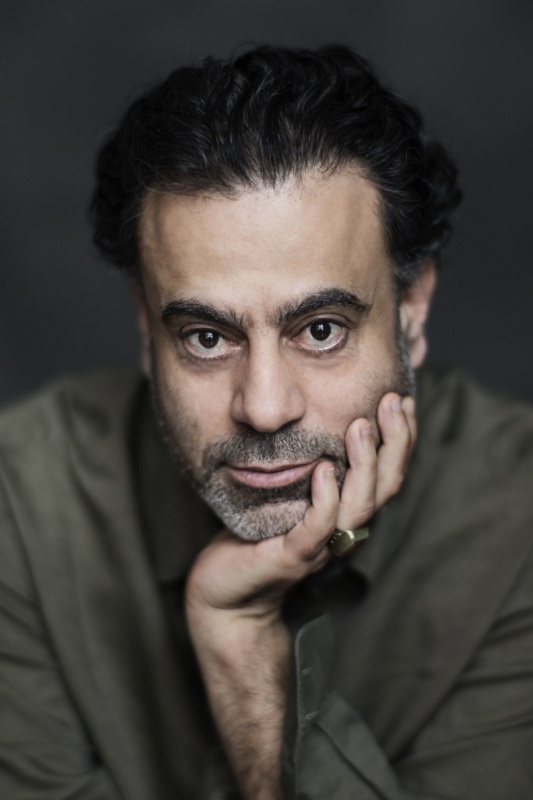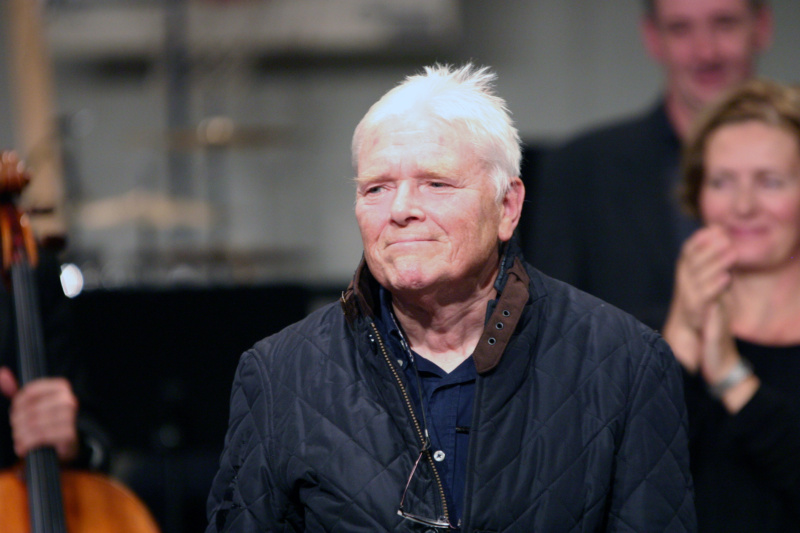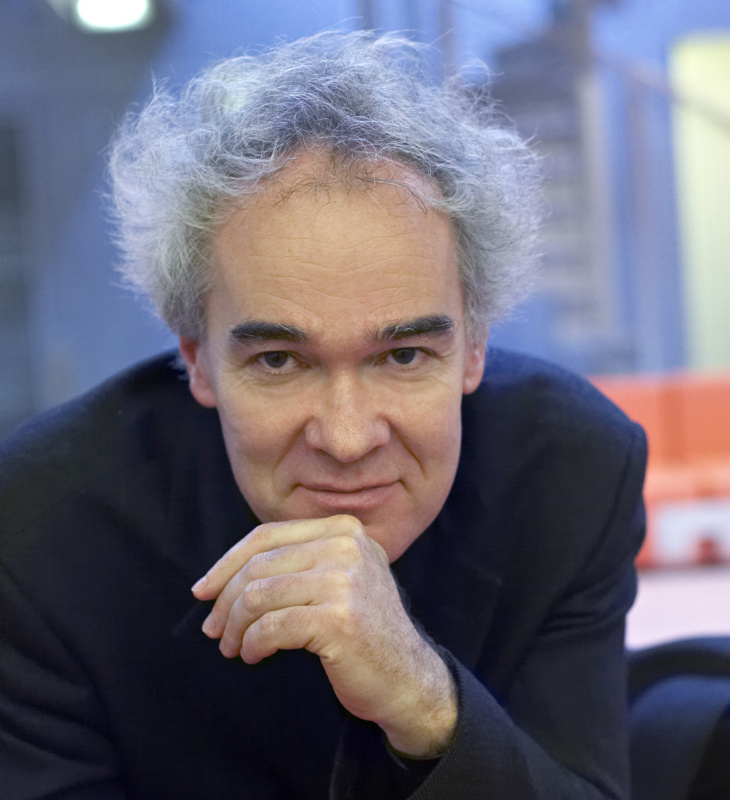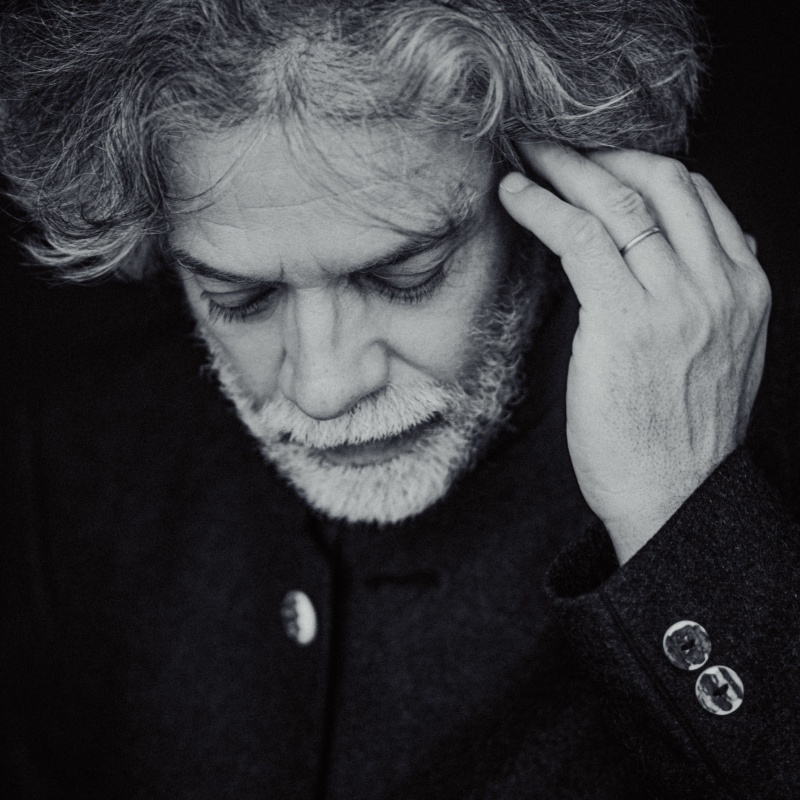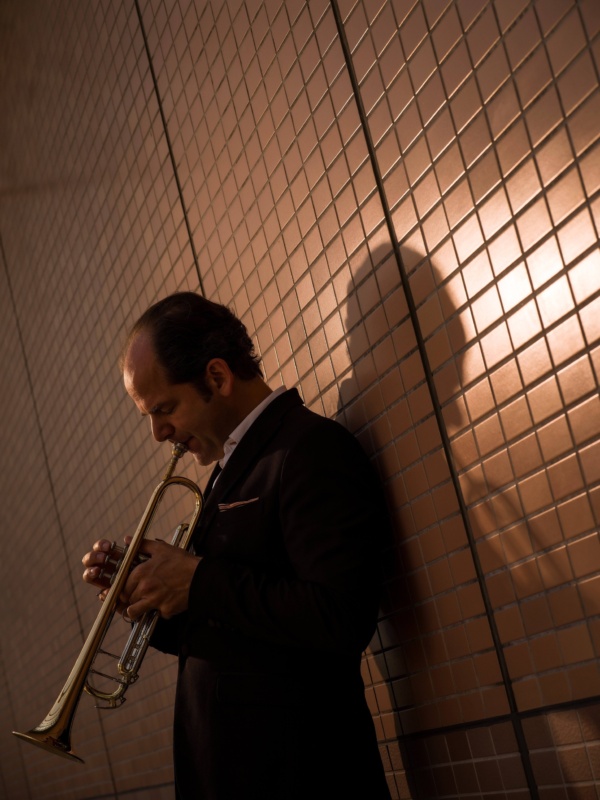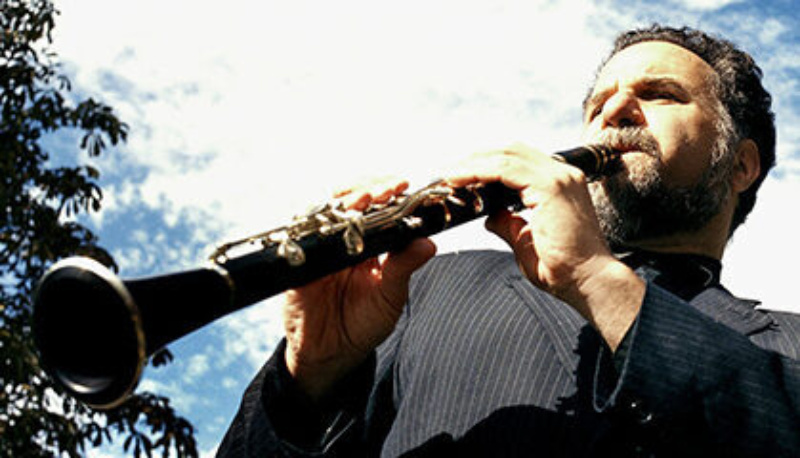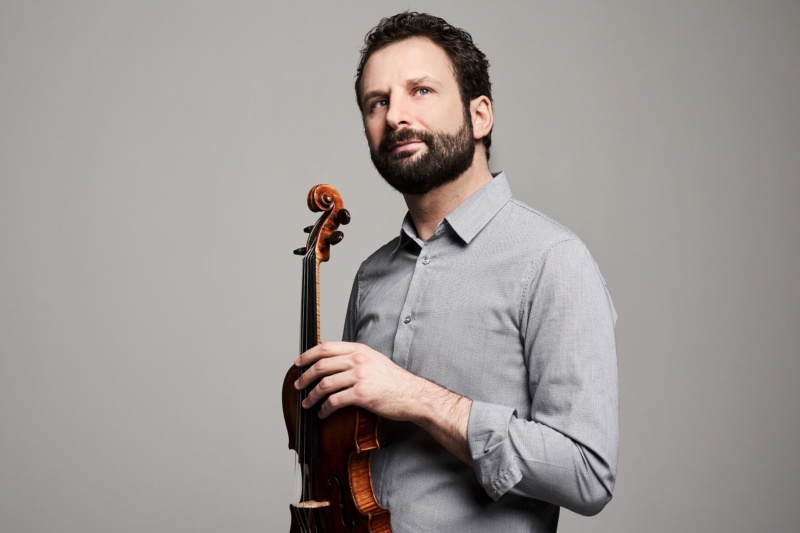Together with violist Lily Francis, the Gringolts Quartet performed all of the composer's string quintets on gut strings in three concerts in one day in April. After this Mozart marathon, we spoke with Ilya Gringolts about the special features of playing on historical instruments and about upcoming projects with which the quartet intends to continue exploring this terrain in the coming seasons.
What motivates you to play gut strings – is it about historical performance practice, the search for the original sound?
No. Nobody knows exactly what this original sound is, because none of us has ever heard it. We can only speculate about it. It's more of a physical thing – I just physically enjoy playing gut strings and using a classical bow. It often makes more sense. Everything seems more logical; you have a direct path to articulation, phrasing and sound production. It just works better and somehow feels more down-to-earth on historical instruments. Of course, I can also play on synthetic or metal strings and with modern bows. But what does “modern bows” actually mean? After all, they are now also 200 years old in some cases and somehow historical.
What kind of bows did you use for the Mozart quintets?
They are what you call classical bows. There were Baroque bows, and later François Xavier Tourte came along and essentially invented a different bow model. That was in the 1790s, and between the Baroque period and 1790 there were another 50 or 60 years during which bow making developed. There were various transitional models. Classical bow is a good term for this, but depending on who you talk to, different terms are used. These models still exist today; you can see and study them. Anahit, for example, plays a bow from 1793. It is not a Tourte model; it is much lighter and does not have as many hairs. So it feels completely different to play.
What exactly does this physical aspect of historical instruments mean – is the sound more direct?
Exactly. Everything related to touch – attack, touché – somehow comes faster, there is this clarity. When it comes to original sound, people also like to talk about the clarity of touch.
You said it takes a while for the strings to warm up, so to speak – you can't start playing right away.
When you first string them, gut strings are a little more sensitive than metal or Perlon strings for a few days. They need a little time to settle and hold their tune. But they are also more durable. Metal strings sound bad to me after a month or two at most and need to be changed, but gut strings can be used for months.
I just had the luxury of listening to all of Mozart's string quintets with you, on gut strings. It was very transparent, easy to hear through... How would you describe the sound yourself?
There is more attack, but also more softness. If you need warmth, it's right there. You don't really get that warmth with metal strings anymore.
So no more Mozart on metal strings?
You can't say that. Metal strings are very practical. They can be used immediately and last well. They behave better in different climates and humidity conditions.
How strenuous was it to play all six quintets in one day? Would you do it again?
Personally, I would love to do it again. You really immerse yourself in this music even more deeply.
It is often said or written that Mozart's string quintets are his greatest achievement in chamber music. I always find these superlatives difficult, but how do you see the quintets in comparison to Mozart's quartets?
The quintets are six very different pieces. There is an early work, a wind serenade, which is not actually a string work, and these four late works, which are also not quite the same in character and style. I also think the quartets are brilliant, at least the last ten. They are famous for good reason. This is Mozart at his best. The quartets are perhaps a little more difficult to get into. You have to know them very well and appreciate everything that is going on. They don't always have a beautiful melody like some of the quintets. The G minor quintet, for example, is a very friendly work – very open, Italian in style, with many beautiful melodies and a lot of passion. You can immediately relate to it, as they say. But the last one, the E-flat major quintet, is also less accessible; it's a bit like Haydn with inside jokes. You have to be very familiar with it to really understand it.
For next year, you are planning a recording of Dvořák's String Quartets Op. 9 and Op. 106 for the Arcana label. Why did you choose these two?
They come from two different creative periods. One is relatively famous – a late work, the penultimate quartet.
It's not the last one?
No, it has the opus number 106, but Op. 105 was written later. It's a universe, a saga, a whole life is contained within it. These late works have so much depth, so many layers. The other work is not actually an early work; Dvořák was already 34 or 35. But he searched and experimented for a very long time, he was torn. Most of the works he wrote between the ages of 20 and 40 are hardly ever played because they are not perceived as Dvořák. Yes, it's Slavic, it's Bohemian. But he is also always different, like a chameleon.
You want to play these works on gut strings too. Is there a historic time limit for you, a date up to which you would say that this can be done on gut strings?
Of course, there are works from the post-war period that were clearly not written for gut strings. But before the Second World War, most string players played on gut strings. You can play virtually anything up to the Second Viennese School on gut strings. And there have already been very successful attempts, for example by the Les Siècles orchestra, which recorded Bartók and Stravinsky on historical instruments – absolutely wonderful.
Another upcoming project is the Schubert String Quintet with Clemens Hagen. When did you first play together?
We were in the Lucerne Festival Orchestra together many years ago. We played Schubert trios back then, and of course it's great to play with him. Then we didn't see each other for a long time, and in 2024 we had more than ten concerts together with the Verklärte Nacht project. He is simply a wonderful musician, and somehow it was in the air that we would do something together. It wasn't my idea to play Schubert on gut strings – Schubert was the first thing that came to mind, and Clemens wanted to play something on gut strings. This is also something new for him. I really appreciate that he is not afraid to try new things.
Especially since the Schubert Quintet is a work associated with many attributions, an eight-thousander, so to speak. How do you approach such a piece?
You definitely have respect for it. Fear, probably not. Awe, not so much either, because you grow up with this piece. Clemens has played it hundreds of times, and we have also played it with different people. It is always an exchange. The piece is not immutable material. It has so much life in every note, and also so much death. It really is a swan song.
Playing Schubert on gut strings is also a first for the Gringolts Quartet.
Our experience with historical instruments is still relatively limited overall. So far, we have played Mozart and a little Haydn, Mendelssohn's Opus 13, and recently Schubert in G major, but that has only really happened in the last two years. It's new territory, a new world of sound that simply has to be explored. The warmth and tonal richness of the work can be experienced even more fully on historical instruments. Directly and tangibly.
Interview: Kathrin Feldmann-Uhl, April 2025
Text: Nina Rohlfs
